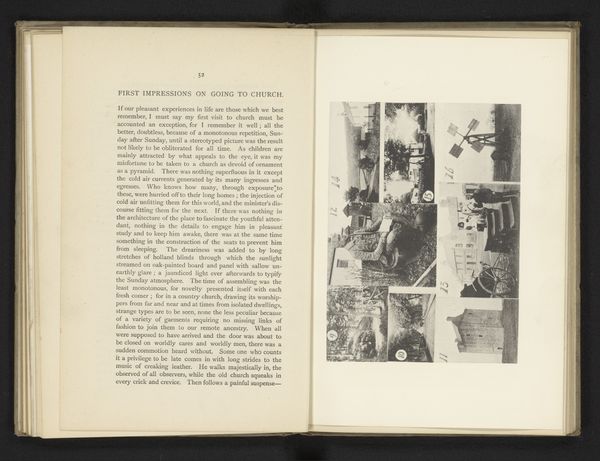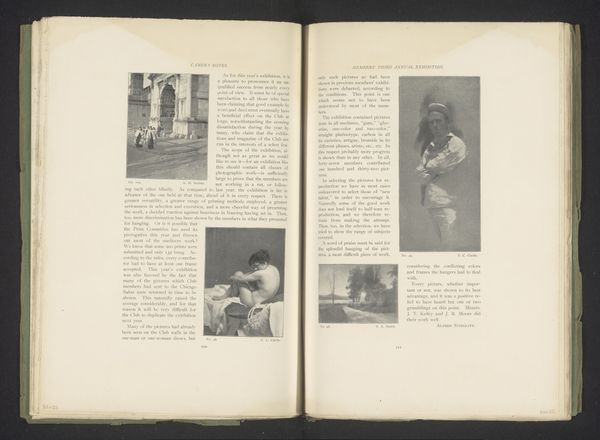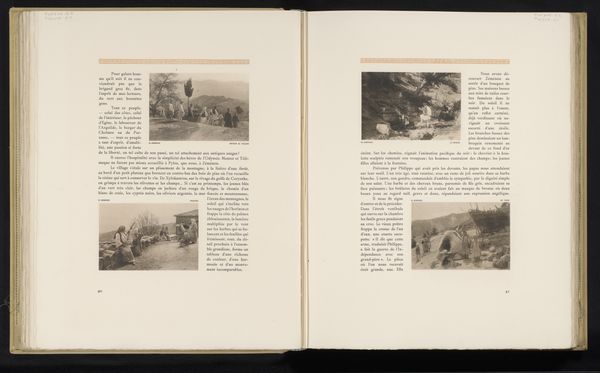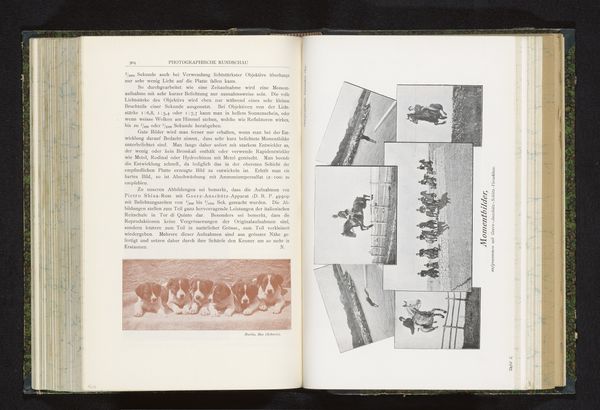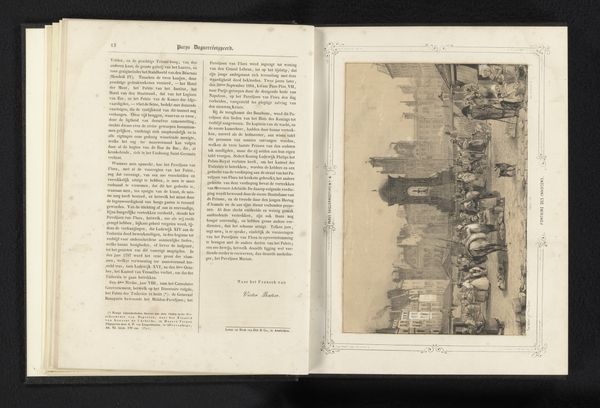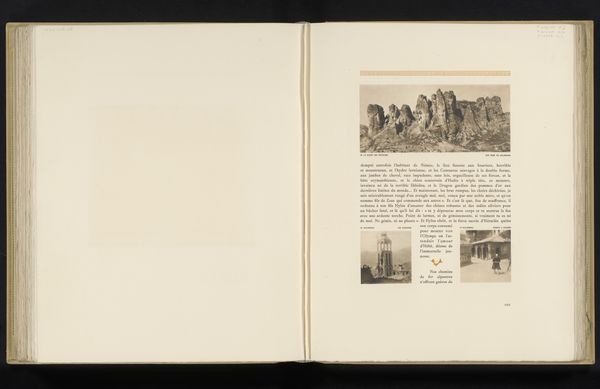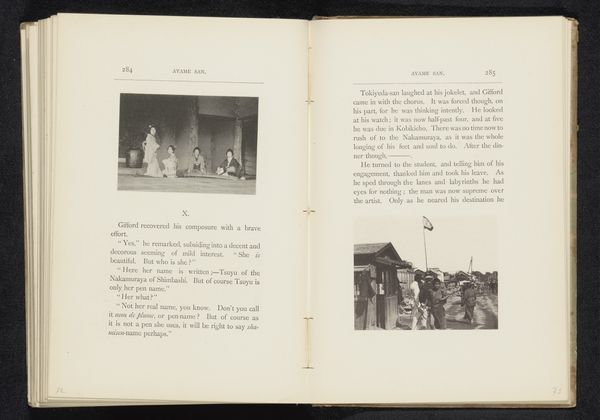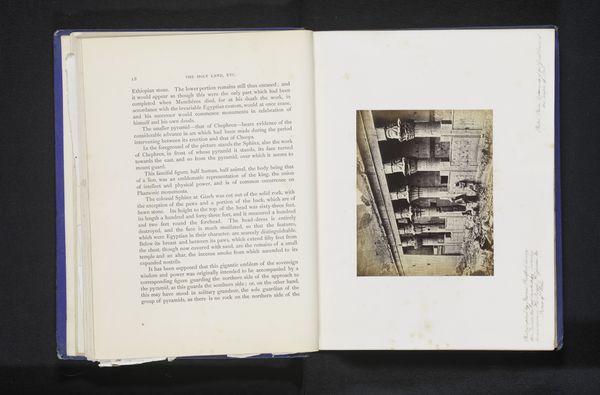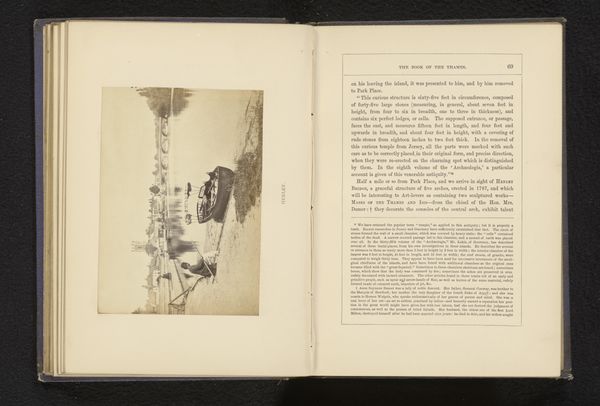
Twee gezichten op schepen te water, een gezicht op een straat in de regen en een springend paard before 1900
0:00
0:00
print, photography, gelatin-silver-print
# print
#
landscape
#
street-photography
#
photography
#
gelatin-silver-print
#
genre-painting
Dimensions: height 193 mm, width 278 mm
Copyright: Rijks Museum: Open Domain
Editor: This artwork presents four gelatin silver prints by Waldemar Titzenthaler, from before 1900, arranged on a book page. We have two scenes of ships, a rainy street scene, and an image of a horse jumping. I am really struck by the range of subject matter, but I’m also interested in the book format. What is your interpretation of these images, viewed in this context? Curator: Looking at these gelatin silver prints, I am immediately drawn to the means of production itself. Titzenthaler seems less concerned with individual artistic expression and more focused on the capabilities of photography as a reproducible medium. The placement within a book underscores this—photography is a tool for documentation and dissemination. Consider the labor involved in producing these images, and then reproducing them for a mass audience. How does the choice of subjects – ships, cityscapes – reflect the prevailing social and economic conditions of the time? Editor: That’s interesting. So you see the multiple images and the book format as highlighting mass production, rather than artistic intent? Curator: Precisely. The varied subject matter could reflect a desire to showcase the versatility of photographic technology at the turn of the century. Think of photography not just as art, but as industry, intricately bound to capital and the expansion of modernity. How does understanding the material production of these images change our understanding of their artistic merit, or lack thereof? Editor: That gives me a lot to consider. I’ve never really thought about the connection between photography and industry in this way before. Thank you for offering that point of view. Curator: And thank you, I see I should never underestimate a young pair of eyes that prompt questions.
Comments
No comments
Be the first to comment and join the conversation on the ultimate creative platform.
